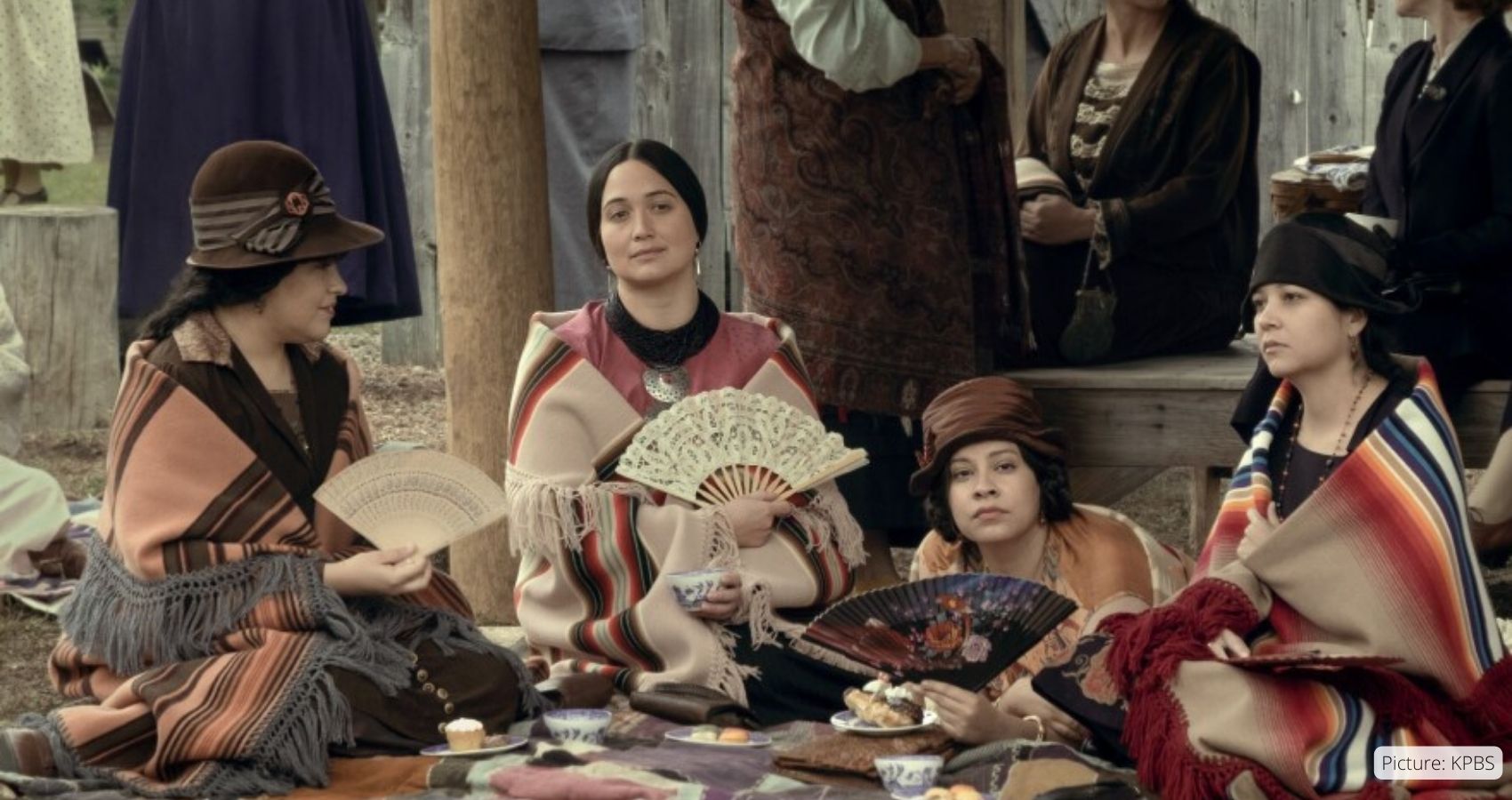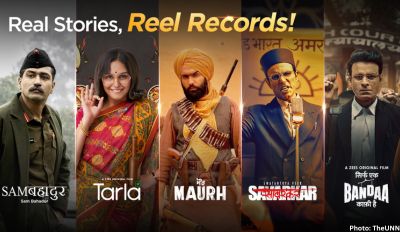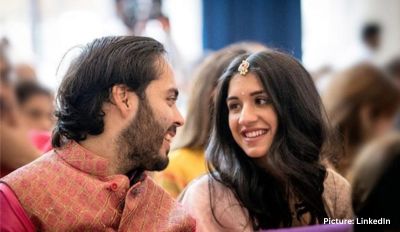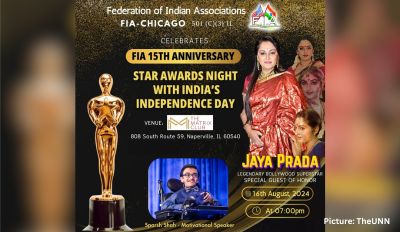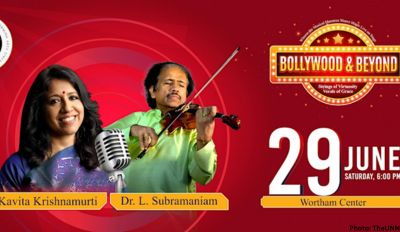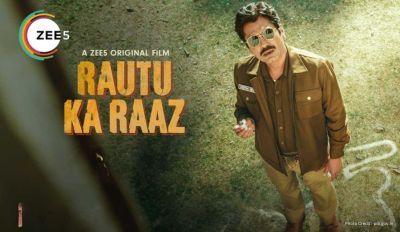In contemporary film criticism, there’s a well-established rule: avoid revealing a movie’s ending unless your audience is particularly niche. Delving into the details of a final scene or closing shot is often met with disdain from the spoiler police. Yet, once in a while, a film’s ending is so emotionally charged, so impactful in its own right, and as the culmination of everything preceding it, that it warrants separate consideration. Martin Scorsese’s exceptional film “Killers of the Flower Moon,” adapted from David Grann’s 2017 book that delves into the systematic and macabre murders of wealthy Osage landowners in 1920s Oklahoma, is precisely one of those instances. The concluding moments of the film are so compelling that they underscore Scorsese’s profound connection with the material and enable us to express our own emotions about it. In my case, the movie lingered with me for days, even weeks, with memories of it resurfacing unexpectedly, like messages etched in smoke. If you haven’t seen “Killers of the Flower Moon” yet, please consider this your warning to stop reading here. However, if you’ve watched it and are haunted by it, this is an opportunity for us to share in that haunting together.
The film is set in Osage territory in the early 1920s in Oklahoma. Lily Gladstone delivers a mesmerizing performance as Mollie Burkhart, an Osage Indian whose oil-rich land, previously acquired through coercion by the U.S. government, has made her a wealthy woman. Ernest Burkhart (Leonardo DiCaprio), an ambitious but not particularly bright World War I veteran, pursues and marries Mollie. Much of this decision is influenced by his uncle, the corrupt cattleman William Hale (Robert De Niro), although Ernest seems to genuinely love Mollie. Nonetheless, he willingly becomes part of Hale’s nefarious plan to murder affluent Osage to obtain their oil rights.
One by one, Mollie’s family members are brutally murdered, with their deaths masked as accidents or coincidences. Ernest is aware of or directly involved in at least two of these murders, and he actively participates in the planned murder of his own wife. In reality, these heinous acts were part of a series of crimes, many of which remain unsolved and may have claimed the lives of around 100 members of the Osage nation, if not more. An upright Bureau of Investigation agent named Tom White (Jesse Plemons) arrives to investigate the community’s murders and eventually solves the case. However, Scorsese places the story’s emphasis on Mollie, her family, and Ernest’s terrible betrayal of the woman he genuinely loved. The primary narrative concludes with Mollie’s reluctant and painful acknowledgment of her husband’s role in the murders. But this ending is followed by a coda in which Scorsese himself makes an appearance, a moment where the storyteller reaffirms Mollie as the heart of this saga and reminds us that while life is fleeting, history endures.
This coda draws inspiration from the radio serials of the 1930s and 1940s, a time when home entertainment involved gathering around a device that sparked the imagination through sound, rather than visuals (which were reserved for the movies). In real life, the Osage murders were dramatized in a 1933 episode of “The Lucky Strike Hour,” with the approval of the Federal Bureau of Investigation’s chief, J. Edgar Hoover, who recognized its potential for positive public relations. “Killers of the Flower Moon” ends with a reimagined recreation of the broadcast recording, featuring a mostly male voice cast (including Larry Fessenden and musician Jack White) narrating the aftermath of the case. We learn that Hale and Burkhart were convicted but later pardoned, and the Osage perspective is presented through a voice actor using cartoonish pidgin English.
Through this coda, Scorsese conveys how events are remembered and retold and how they become part of history, typically by individuals who didn’t directly experience them. While storytelling keeps these stories alive, it’s often the people who suffered the most who lack the means to share their stories with the wider world. In the early 1930s, about a decade after the actual events, the story of the Osage murders was retold by a group of white voice actors dressed in suits and equipped with various Foley effects. Almost 95 years later, that story is recounted in meticulously researched form by a white journalist. And approximately a century later, it becomes a movie created by a white director, possibly the world’s greatest living director.
Scorsese has occasionally made uncredited appearances in his films, whether through his voice or brief glimpses on screen. It’s as if he has immersed himself so deeply in the act of storytelling that he can’t resist including himself in the narrative, even if subtly. He’s the artist who can’t help but secretly embed his own image on the canvas, akin to Jan van Eyck’s self-reflection in his painting.
However, Scorsese’s presence in “Killers of the Flower Moon” as a radio producer who steps up to the microphone for the last word in the reimagined “Lucky Strike Radio Hour” broadcast is distinct. In a few brief sentences, he encapsulates the essence of Mollie Burkhart’s obituary. She passed away in 1937, a full-blood Osage, and was laid to rest next to her family members who had preceded her in death. Then he adds a poignant detail. Although his tone is measured, you can’t help but wonder if his own heart is breaking as he reads it: “There was no mention of the murders.”
With this statement, Scorsese seems to be conveying how Mollie Burkhart’s life was assessed and summarized at the time of her death. In his book, Grann had provided more details about her story. In restructuring the material for the film, Scorsese attempts to further restore her dignity, although he recognizes the paternalistic nature of the notion of “restoring dignity.” A person’s, especially a woman’s, dignity is a personal matter, and does she truly need another person, particularly a man, to tidy it up and return it to her?
In a single sentence, Scorsese, a man who is dedicated to storytelling, implicitly acknowledges the inherent fallacy of this idea. Directors are generally self-assured individuals, at times to the point of hubris. However, in “Killers of the Flower Moon,” Scorsese’s concluding words are an act of humility, offered by a filmmaker who is aware that he is nearing the twilight of his career.
The film’s closing image is an Osage celebration, a circle of dancers depicted as a kaleidoscopic whirl. Mollie’s spirit, her history, lives on in them. Yet Scorsese, the outsider, wants to pay homage to her as well. He has done his utmost to bring her to life for us through Gladstone’s performance, in a film so vivid and empathetic that it leaves an indelible after-image. This is the greatest tribute he can offer to Mollie Burkhart. Nevertheless, he understands that it falls short of being enough.

